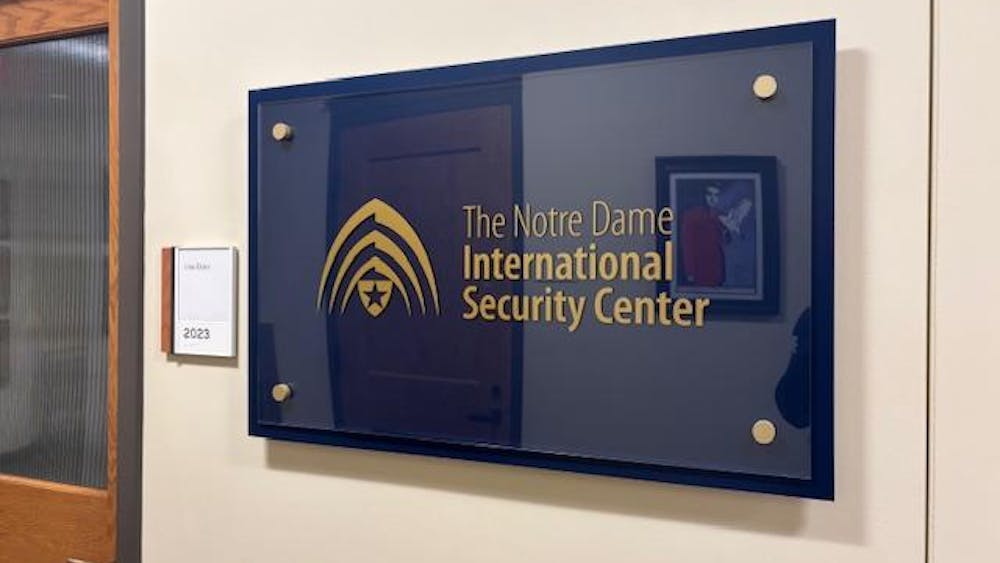In an effort to improve the iris-scanning technology used in forensics and law enforcement, a team of Notre Dame researchers recently released software used to determine similarity between iris scans using a new method. The software, which was released in October on Notre Dame’s Office of Technology Transfer, was developed by computer science and engineering graduate student Jianxu Chen; Duda Family professor of engineering Patrick Flynn; computer science and engineering professor Danny Chen; and former computer science and engineering graduate student Feng Shen.
Iris recognition is a common method of identification which digitally analyzes the random pattern on the iris that is unique to every individual. Since the technology was first patented in 1994, it has spread to a wide variety of applications in government and private businesses, primarily as a method of secure identification of individuals, as well as in law enforcement.
“Iris recognition is very accurate; [current methods] can reach 99.99 percent accuracy,” Jianxu Chen said. “However, that is based on some ‘black box’ method. People without expert knowledge on image processing can not understand what is going on there. ... We wanted to make it visualizable and interpretable by humans.”
In spite of iris recognition's accuracy, Jianxu Chen said identifying via fingerprints is more common.
“An example why people use fingerprints instead of iris [scanning] in law enforcement, even though iris is more accurate: when you do fingerprint matching, you can just say, ‘There’s a loop here; there’s a circle there’, and you just match them — there’s a very apparent pattern there,” he said. “We want to mimic this process. Namely, we detect some features on the iris images, so whenever people want to match them, they just find whether you have this feature or that feature … If you see five or six matched features, it’s probably a good sign that the irises are from the same person.”
Jianxu Chen said his job was to develop a more accurate algorithm for the program, which his colleague, Shen, had proposed and studied initially. He said he believes it is important that the results of iris recognition tests be interpretable by humans, even if their new software is not currently as accurate as more common, current methods.
“Their accuracy may be around 99.99 percent — ours is maybe 97 - 98 percent. However, the benefit is that we want humans to judge the correctness. We can bring our result to humans,” Jianxu Chen said. “If you give this picture to an FBI officer, it will mean nothing to them. However, if you bring [the results of the new recognition software] to them, after some training, they can do this matching reliably.”
The code has been made freely available to any potential collaborators. Jianxu Chen said that the decision to make the software open source was motivated by the desire to improve the accuracy of the software’s readings. He hopes that with outside contributions, the process of making this software ready for real-world applications in law enforcement, criminal justice and forensics can be accelerated.
“This method is not that accurate at the current stage,” he said. “We want to push it further. By myself, it would be very hard. I want to take suggestions from others. When 10 or 20 other people are studying this problem, maybe they can provide a better answer and push it further.”
Read More
Trending









